A woman lived in a 180-foot tree for over 2 years to protect a beloved forest. Meet Julia 'Butterfly' Hill.
Elana Klein

- In 1997, Julia Hill started a tree sit in California's Redwood Forest to protest logging efforts.
- For 738 days, Hill lived on two platforms in cramped, windy, and wet conditions.
Julia "Butterfly" Hill is famous for living in a tree for 738 days.
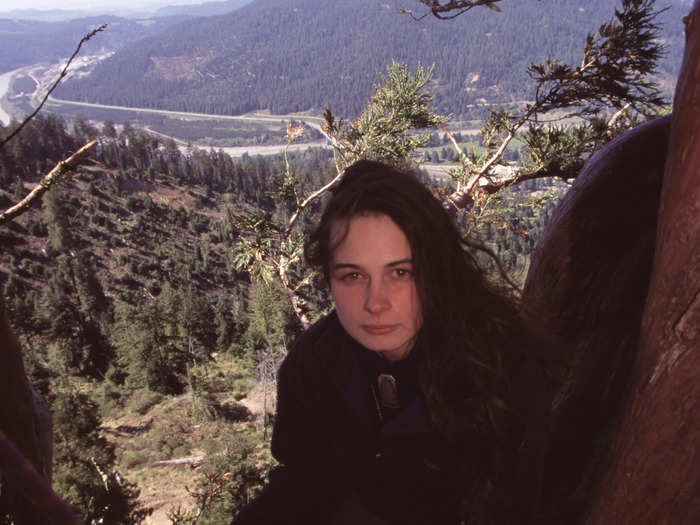
At the age of 23, environmental activist Julia "Butterfly" Hill lived in a tree, which was dubbed "Luna," in California's Redwood Forest in an act of civil disobedience. Her tree sit lasted from December 10, 1997, to December 23, 1999.
Hill decided to participate in the tree sit when the Pacific Lumber Company announced a new clear-cutting initiative that would greatly reduce the number of trees in the iconic forest. Clear-cutting is an "extreme logging method in which resilient natural forests are harvested and replaced with man-made tree plantations that do not replicate the ecosystem services of a healthy forest," according to the environmental nonprofit organization Sierra Club.
Hill is now an activist and an author. In 2000, she published a memoir, "The Legacy of Luna: The Story of a Tree, a Woman, and the Struggle to Save the Redwoods," in which she documented her experience living in the tree.
This Earth Month, here are some of the details of Hill's story.
Hill felt like she "didn't belong" throughout her childhood and adolescence.
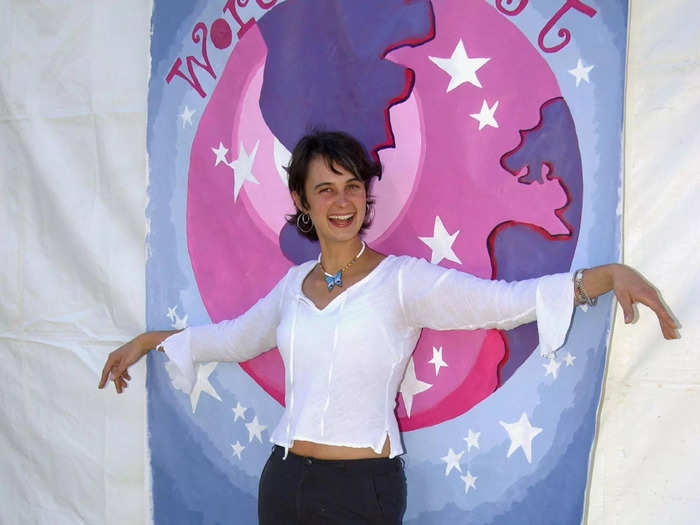
Hill's father was a traveling preacher, so she spent much of her childhood moving around the US.
She was given the nickname "Butterfly" aged 7 when, during a hiking trip, a butterfly landed on her finger and stayed there for the rest of the hike. She's used the nickname since.
She was homeschooled for much of her early life. When the San Francisco Chronicle asked Hill about her childhood in a 2009 interview, she described feelings of social isolation.
"I didn't belong, I didn't fit in. I didn't understand other people; I didn't know how to relate," she said.
She now funnels her natural tendency for disobedience into causes she cares about most.
"I have been stubborn and getting into trouble since I was 2, but I learned how to redirect that into good causes," Hill said.
After surviving a car crash in her early 20s, Hill reevaluated her priorities and decided to dedicate her life to environmental activism.
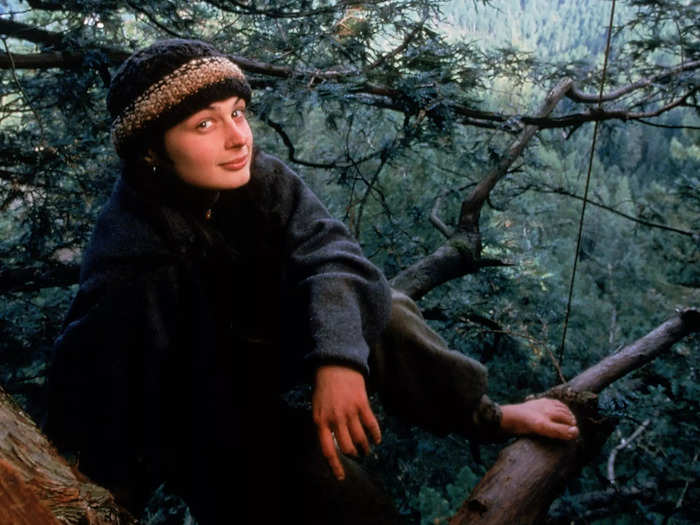
One summer night in 1996, Hill was driving a car that was hit from behind by a drunk driver. As a result of the near-fatal accident, she had difficulty speaking and walking for almost a full year. During her recovery process, Hill reevaluated her priorities and took an interest in environmental preservation.
"It took 10 months of physical and cognitive therapy to recover from the wreck, and during that time I realized I wanted to find a more powerful purpose for being here on this planet," Hill told Grist magazine in 2006.
"After I was released from my last doctor, I went on a road trip with friends which led me to California, which led me to the redwoods," she said.
On December 10, 1997, she climbed a 200-foot-tall redwood tree in protest of the Pacific Lumber Company.
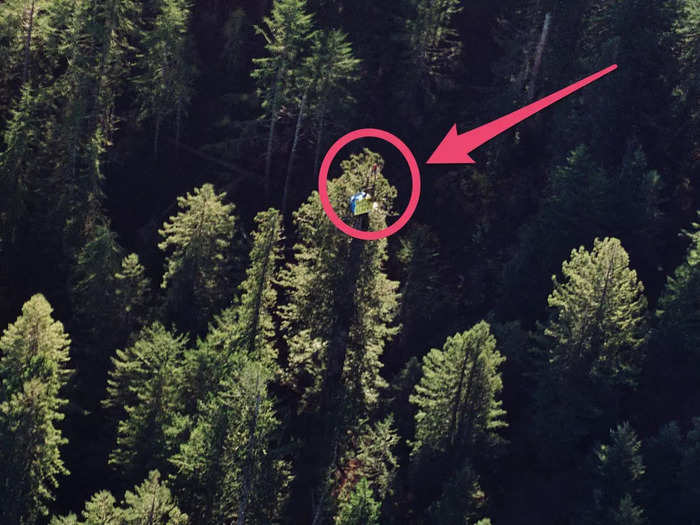
After recovering from her accident, Hill traveled to California and, according to Swarthmore College's account of Hill's tree sit, felt an "instant connection" to the redwood trees.
After connecting with like-minded activists at a protest in Eureka, California, she learned of an opportunity to participate in a tree sit, on a 1,000-year-old tree named "Luna," along with two other people. The initiative was sponsored by Earth First!, an organization that shared her passion for preserving redwoods.
According to Swarthmore College, Hill's goals were "to protect Luna, to slow down logging in the area, and to raise awareness in a broad base of the public."
After a few days of the tree sit, Hill came down with an illness and had to descend the tree. When the two remaining tree-sitters left Luna weeks later, Hill volunteered to ascend the 180-foot tree once again.
Although she was initially supported by Earth First!, Hill continued her tree-sit even once they pulled their resources. A friend began periodically ascending the tree to supply her with food so she could sustain her activism.
According to the Los Angeles Times, the company responded with "intimidation tactics," such as flying helicopters nearby, cutting down ropes from nearby trees, and stationing security guards at the base of Luna.
Hill lived in cramped, windy, and wet conditions on two 6-by-6-foot platforms, often with only flying squirrels for company.
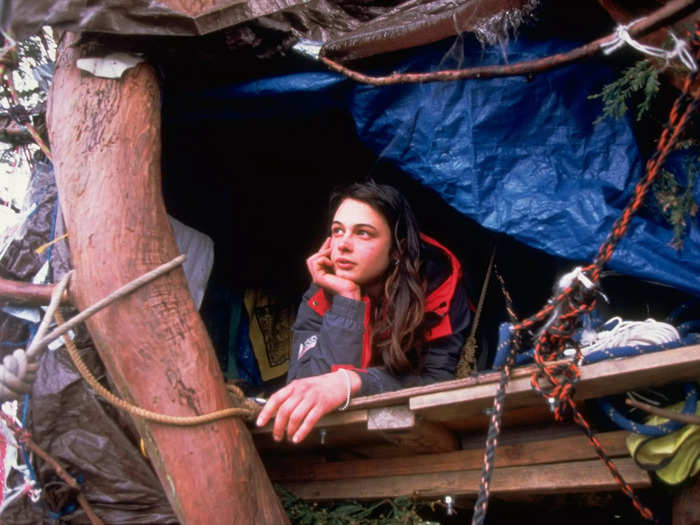
In her book, Hill described surviving a 70 mph windstorm that lasted for 16 hours and destroyed the tarps that sheltered her.
Based on a conversation with Hill in 1999, the San Francisco Chronicle called the top of redwoods such as Luna an "exceedingly hostile environment for human beings."
According to the Chronicle's Glen Martin, her living conditions were cramped and wet. "Hill was never truly dry during her two years in Luna," Martin wrote.
"She learned survival tricks up there," he continued, "such as seldom washing the soles of her feet, because the sap helped her feet stick to the branches better."
A group of five men served as her support system, delivering essentials to the tree twice a week. Their provisions included food, fuel for her stove, mail, and batteries for her cell phone. Occasionally, other protesters would also join her to sit in the tree.
However, most of her contact was with the wildlife around her, she told the Chronicle.
"I did my best not to tame them, but the flying squirrels found every (food morsel) I dropped," said. "They knew that when the candle went out, that was the time to make as much of a mess as possible and tapdance on my head."
In December 1999, after Hill had gained significant media attention, she reached an agreement with the Pacific Lumber Company to preserve Luna.
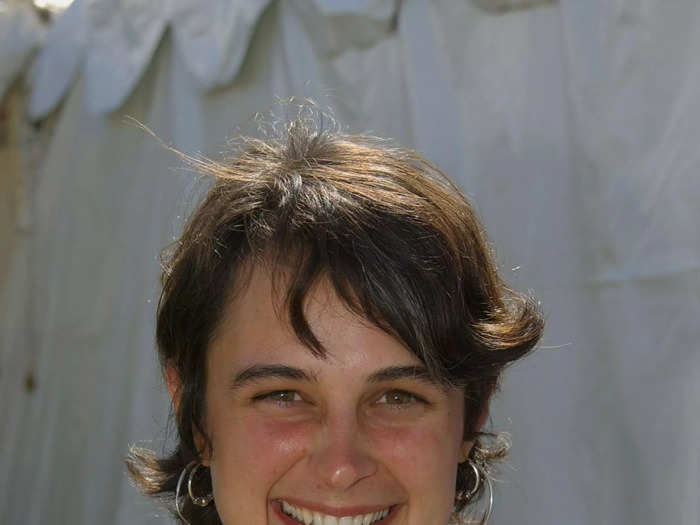
The Luna Preservation Agreement guaranteed that Luna, and the tree's surrounding 200-foot radius, would be preserved, but that already-felled trees would remain the property of the company.
Days after the agreement was reached and signed, Hill descended Luna, ending her 738-day tree sit.
In 2007, the Pacific Lumber Company filed for bankruptcy, citing the high costs of environmental regulations, according to the Los Angeles Times.
While living in Luna, Hill founded Circle of Life, an organization that teaches people to live a more environmentally conscious lifestyle.
According to Circle of Life's website, during the organization's first 10 years, its staff "produced cutting-edge speaking tours, eco friendly events, classroom visits, workshops, [and] training programs" to teach people about how they can lighten their footprint on Earth. Later, Circle of Life began to focus more on funding grassroots projects related to environmental preservation.
Hill spoke about the depth of her passion for environmental issues to the San Francisco Chronicle, saying, "It is so right within our grasp to be the more peaceful, healthy, sustainable world and country - it's so close - and yet the gap within that possibility is so far. And for a sensitive person like me, that's painful. It's not just some concept that I have in my head; it's something that I feel very deeply. And to wake up and say, 'I'm going to wake up and care anyway' — it's been 10 years with that. It hurts."
In 2000, a documentary titled "Butterfly," which chronicled Hill's experience living in a tree, premiered on TV.
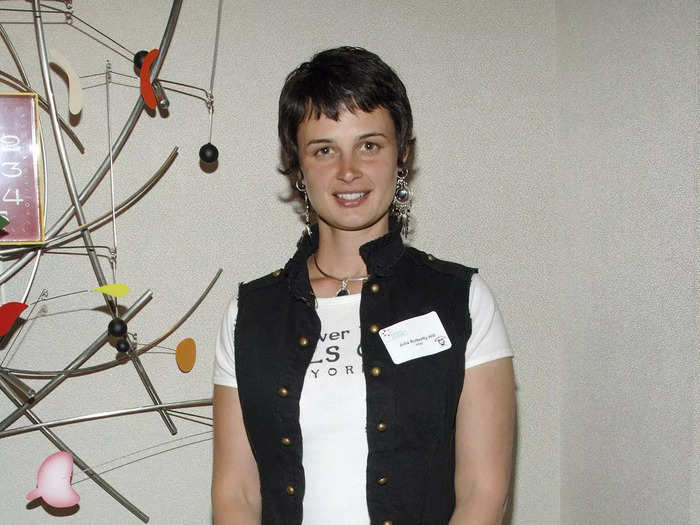
The film, which was directed by Doug Wolens and aired on PBS, has a 7.6 rating on IMDb and an 80% on Rotten Tomatoes.
That same year, she also published a memoir, "The Legacy of Luna: The Story of a Tree, a Woman, and the Struggle to Save the Redwoods," about her experience living in Luna.
She continued to engage in environmental activism, years after descending Luna.
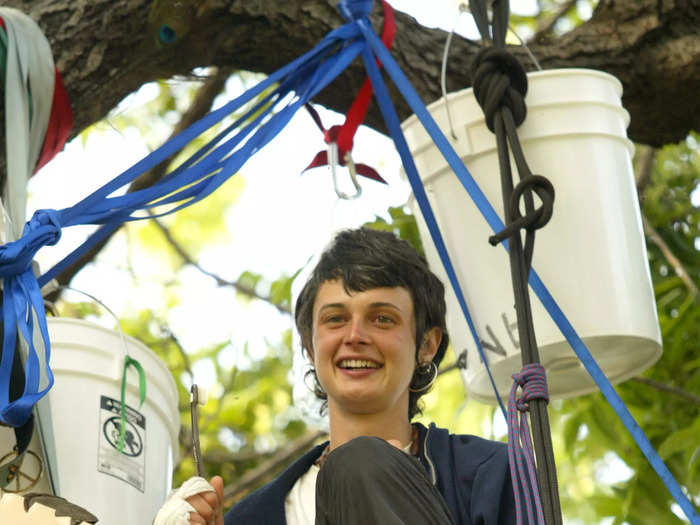
Pictured, Hill sat on scaffolding in a tree as part of an effort to save the 14-acre South Central Farm in Los Angeles, California, in May 2006. She joined high-profile figures such as actress Daryl Hannah, singer Joan Baez, and activist John Quigley in the tree in a bid to save the urban garden, whose farmers were under threat of eviction.
However, in June 2006, the farmers were evicted, the Los Angeles Daily News reported, and bulldozers moved in that July. Some of the farmers relocated to other spaces in the city.
Passionate about environmental issues, Hill is an outspoken vegan, and she refers to single-use, disposable items as "weapons of mass destruction."
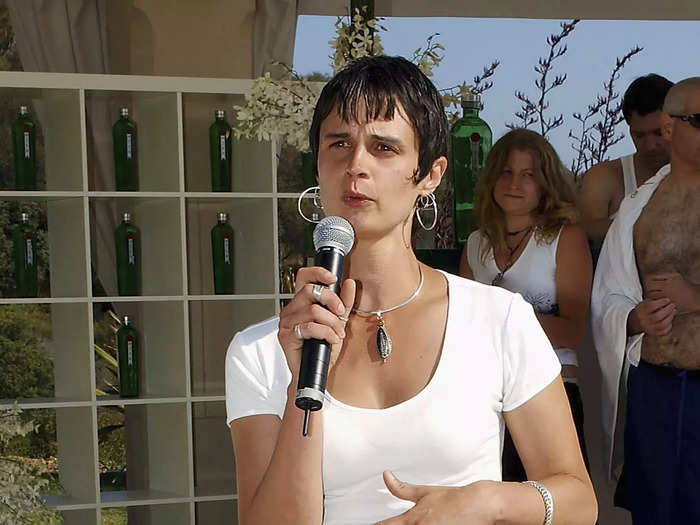
"I am a joyous vegan, and an avid cook and un-cook. I love preparing food that is healthy for people, the planet, and animals, and tastes damn good," Hill told Grist in 2006.
She also spoke about other ways she strives to live consciously when it comes to the environment, and what she recommends others implement in order to do the same.
"Get rid of disposability consciousness — every paper bag, paper plate, paper napkin, plastic to-go container, and Styrofoam cup," she said. "I have walked on the earth that is connected to the thread at the other end of those horrific choices, and I am not being overdramatic when I say disposables are weapons of mass destruction."
Now 49, Hill now lives a more private life, but she remains committed to the same environmental causes.

In a statement on the homepage of her website, Hill expressed her intention to live a more private life.
"In the midst of all of my giving and supporting, I experienced brutal and painful beyond belief, personal challenges on every single level– emotional, physical, spiritual, mental, and financial," she wrote. "I am not telling you this to try to gain sympathy, nor to place blame."
Despite feeling fortunate to have devoted years of her life to environmental advocacy, she requested that no one contact her with any solicitations related to her activism.
"I am letting you know, that as much as I have so loved having the opportunity to be in service, and am humbled and grateful for the myriad areas I have been able to serve and support, the time is past due now for me to transition beyond what people continue to hope and want me to be and do," Hill wrote.
"This message is to let you know that I am no longer available for anything at all relating to me being 'Julia Butterfly Hill,'" she continued. Her website now exists solely to provide resources and information to its visitors.
However, Hill's mission remains the same, and she regularly shares messages about nature and our need to protect it on her Instagram page.
Popular Right Now
Popular Keywords
Advertisement